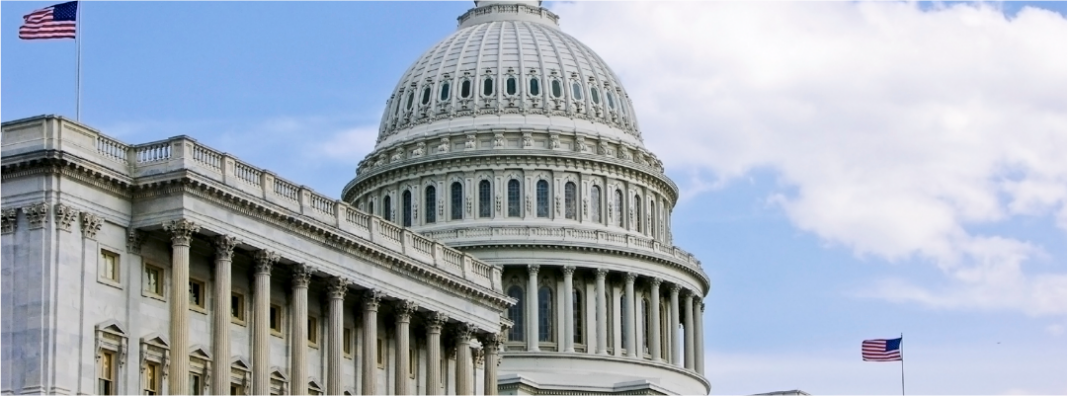
America’s immigration system makes few happy. But one problem that both Democrats and Republicans agree on is the need to reform how we give out green cards. This week, the House is scheduled to vote on a bill that would make it easier for immigrants who face long wait times to earn a green card.
This bill would be a vast improvement on the current green card system.
The bill, the Equal Access to Green Cards for Legal Employment (Eagle) Act, is an example of the right approach to immigration policy, an approach that would immensely benefit the country. The Eagle Act is bipartisan, simple and should be a model for future reforms.
Imagine spending decades in line at the DMV. That’s the reality for many immigrants trying to come to the United States legally. Long is an understatement: Wait times that are literal lifetimes. A would-be Indian immigrant could wait in line for 90 years. At least 200,000 Indian immigrants are expected to die waiting in that line.
Why Indian immigrants? U.S. law allows only 7 percent of green cards to go to people from the same country. So, of the 140,000 green cards given out each year, only 9,800 can be awarded to people from India. If you’re from a small country, it’s easier to apply for and receive a green card. But if you’re from a country with a big population, you face long wait times.
The Eagle Act fixes these wait times without increasing overall immigration (a debate for another day). Instead of a per-country limit of 7 percent, it allows 15 percent of green cards to go to people from the same country.
The Eagle Act contains some other promising changes. For example, it gives more power to the Department of Labor to investigate employers who treat their immigrant employees poorly. This additional enforcement protects both immigrants and native workers. Immigrant workers can be forthright about working conditions, and natives will rest easy knowing that immigrants aren’t just cheap labor replacing them.
The Eagle Act has bipartisan support — eight cosponsors are Republicans. This isn’t the first time Republicans and Democrats have come together on this issue. A similar bill was proposed in 2019 by then-Sen. Kamala Harris (D-Calif.) and Sen. Mike Lee (R-Utah).
Not everyone is happy with the changes. The American Hospital Association and the American Immigration Lawyers Association both say the Eagle Act doesn’t go far enough to open the U.S. to higher levels of immigration. Most immigration advocates agree with this critique, but it was the cost of winning an agreement.
Such is the way of politics — strange bedfellows and compromises that leave much to do. But refusing to make changes to the U.S. immigration system because those changes aren’t perfect is a recipe for failed reforms. If you demand perfection in politics, you’ll never get anything done.
The U.S. immigration system needs a broader public debate about reshaping it for the country’s good. In the meantime, the Eagle Act’s reforms fix an obvious problem that unfairly punishes would-be legal immigrants from highly-populated countries like India. It won’t fix everything, but removing the per-country caps is an improvement. And we should all be excited about forward movement.
Immigration reform can be a boon to the country — providing workers at a time when there are 6 million more open positions than there are unemployed workers in the U.S. and bringing new and innovative companies to our shores. So, here’s hoping that removing per-country limits is just the first of many immigration updates in this Congress and the incoming Congress of 2023.


 The Hill
The Hill